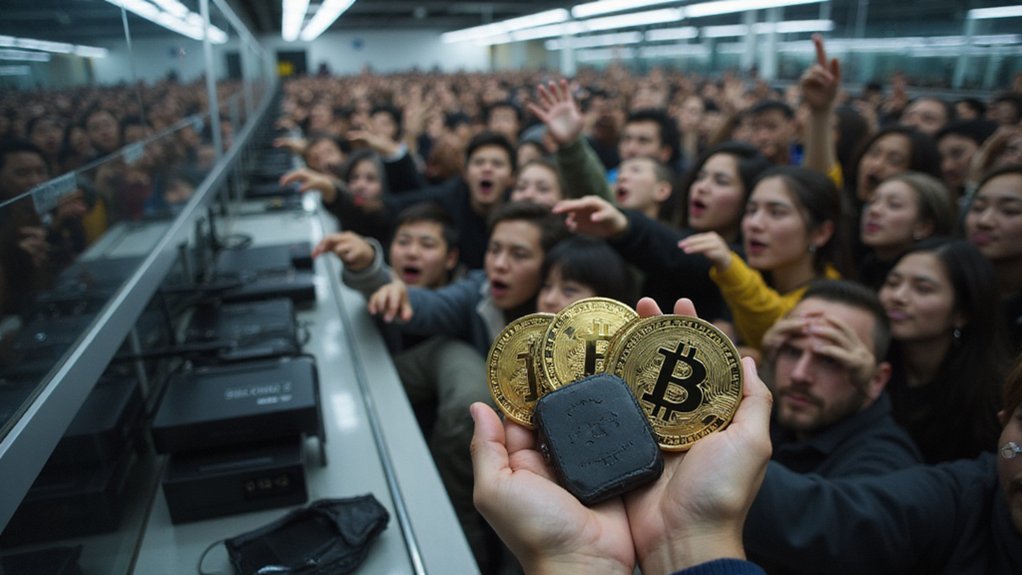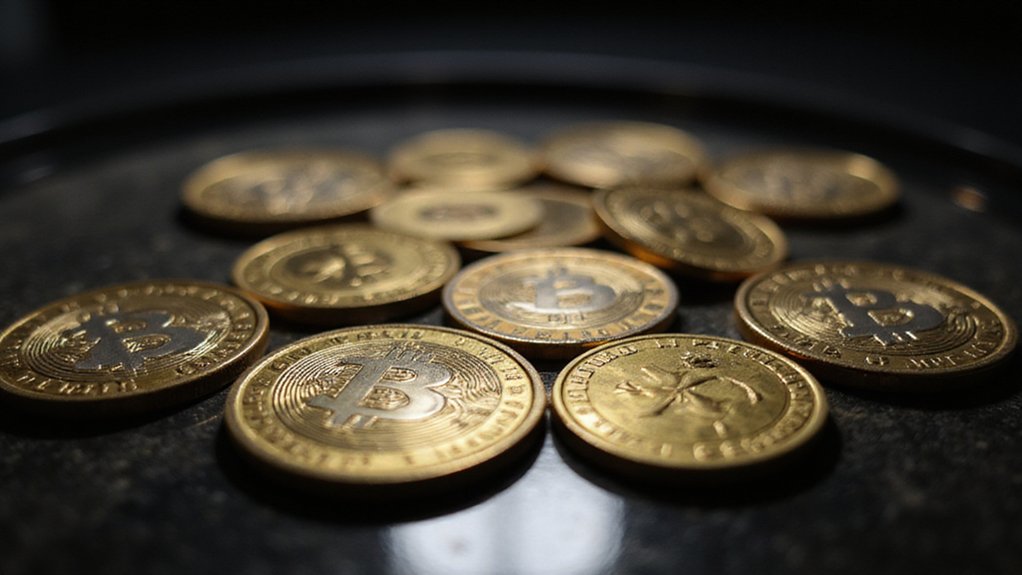Traditional real estate markets—those bastions of paperwork, protracted negotiations, and prohibitive entry costs—are experiencing their most notable disruption since the advent of multiple listing services. Real-world asset (RWA) tokenization is systematically dismantling the infrastructure that has made property investment the exclusive domain of the wealthy, transforming illiquid assets into tradeable digital tokens on blockchain networks.
The mechanics are elegantly simple: physical assets become fractional digital representations, enabling investors to purchase portions rather than entire properties. This fractional ownership model effectively demolishes the traditional barrier where a $2 million commercial building required, well, $2 million (plus the inevitable closing costs that somehow multiply like rabbits). Now, investors can acquire exposure for considerably smaller amounts, democratizing access to asset classes previously reserved for institutions and high-net-worth individuals.
Blockchain technology provides the underlying architecture for this transformation, creating immutable ownership records that eliminate the Byzantine complexity of title searches and multiple intermediaries. Smart contracts automate agreement enforcement, reducing administrative overhead while accelerating transaction settlement times from weeks to hours. The distributed ledger system makes asset transfers more secure and tamper-resistant than traditional paper-based processes, though it could be contended that bar was admittedly low. Token standards establish the rules for asset tokenization, transfer protocols, and cross-platform interactions, preventing fragmentation across different blockchain ecosystems.
Smart contracts transform property transfers from bureaucratic marathons into streamlined digital transactions, proving that efficiency was never actually impossible—just inconvenient.
The disruption extends beyond mere digitization. Traditional real estate transactions involve a parade of intermediaries—brokers, title companies, lawyers, inspectors—each extracting fees while extending timelines. Tokenization enables direct peer-to-peer transfers, substantially reducing costs and settlement periods. Beyond cost reductions, tokenization transforms asset trading by fundamentally changing how properties are bought and sold, simplifying complex processes that traditionally required extensive documentation and lengthy negotiations.
The 24/7 trading capability of digital platforms dramatically increases market liquidity compared to conventional real estate markets, where finding buyers can resemble archaeological expeditions. Companies like LiquidFi have demonstrated this efficiency by reducing MBS reporting time from 55 days to 30 minutes on the Stellar blockchain.
Market projections suggest tokenized real estate could reach $4 trillion by 2035, expanding from under $0.3 trillion in 2024 at a 27% compound annual growth rate. The broader RWA tokenization market—encompassing commodities, art, patents, and other previously illiquid assets—may approach $24 trillion by 2030.
This growth reflects fundamental shifts in how value is stored, transferred, and accessed, creating new investment products while integrating traditional finance with decentralized ecosystems. The result is a more efficient, accessible, and liquid marketplace that transforms building ownership from an exclusive club into a broadly participatory market.









